Publications
Articles, publications, books, tools and multimedia features from the U.S. Institute of Peace provide the latest news, analysis, research findings, practitioner guides and reports, all related to the conflict zones and issues that are at the center of the Institute’s work to prevent and reduce violent conflict.
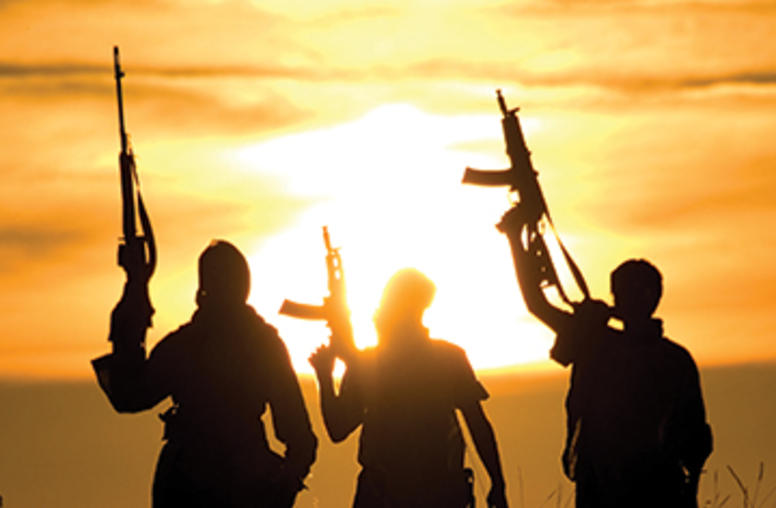
The Jihadi Threat: ISIS, Al Qaeda and Beyond
The West failed to predict the emergence of al-Qaeda in new forms across the Middle East and North Africa. It was blindsided by the ISIS sweep across Syria and Iraq, which at least temporarily changed the map of the Middle East. Both movements have skillfully continued to evolve and proliferate — and surprise. What’s next? Twenty experts from think tanks and universities across the United States explore the world’s deadliest movements, their strategies, the future scenarios, and policy con...

The Jihadi Threat 1: The Future of Extremism
Jihadism has evolved dramatically and traumatically since the 9/11 attacks. Movements, leaders, targets, tactics, and arenas of operation have all proliferated in ways unimagined in 2001. The international community has mobilized unprecedented force against an array of jihadis, with mixed results. The United States alone has spent trillions of dollars—in military campaigns, intelligence, law enforcement, homeland security, and diplomacy—to counter jihadism. Progress has been made; fewer than ...

The Jihadi Threat 2: Whither the Islamic State?
In the twenty-first century, the most stunning development in radical Islamist ideology was the creation of the Islamic State in 2014. ISIS is a descendent of al-Qaeda, but it has propagated an interpretation of jihadism both more urgent and aggressive than any previous group’s.
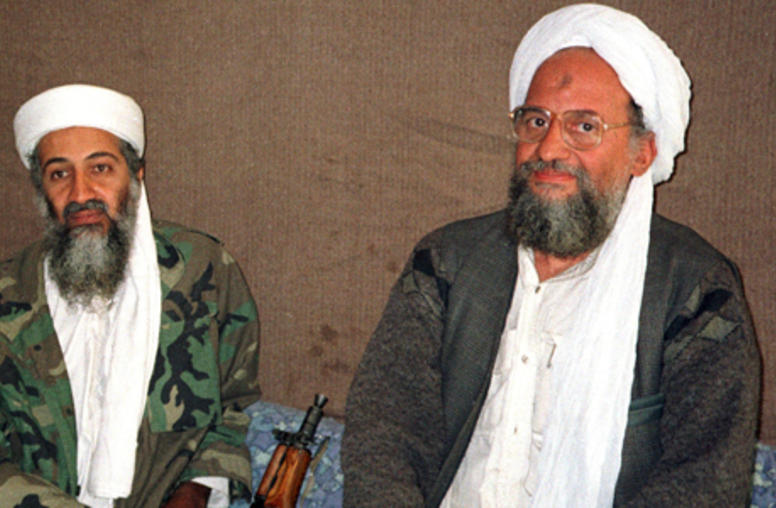
The Jihadi Threat 3: Whither al-Qaeda?
Once the uncontested leader of global jihadism, al-Qaeda has been dealt two blows since 2011: its charismatic leader, Osama bin Laden, was killed by the United States in May 2011; and in mid-2014, it was eclipsed by ISIS and a new “caliphate.” Al-Qaeda’s shift away from public view may be strategic and deliberate. It has shaped global jihadism in subtle and shadowy ways in recent years, even as it faded from public view.

The Jihadi Threat 4: Whither Jabhat Fateh al-Sham?
By 2016, Jabhat Fateh al-Sham in Syria (originally known as the Nusra Front) was al-Qaeda’s most successful franchise. Its name means Front for the Conquest of Sham (an area that covers more than Syria). It was formally announced in 2012, but it had roots in earlier incarnations as both al-Qaeda in Iraq (2004–06) and the Islamic State of Iraq (2006–13). It grew out of the Islamic State of Iraq’s decision, in mid-2011, to send seven fighters to Syria to provide logistical support for jihadists...
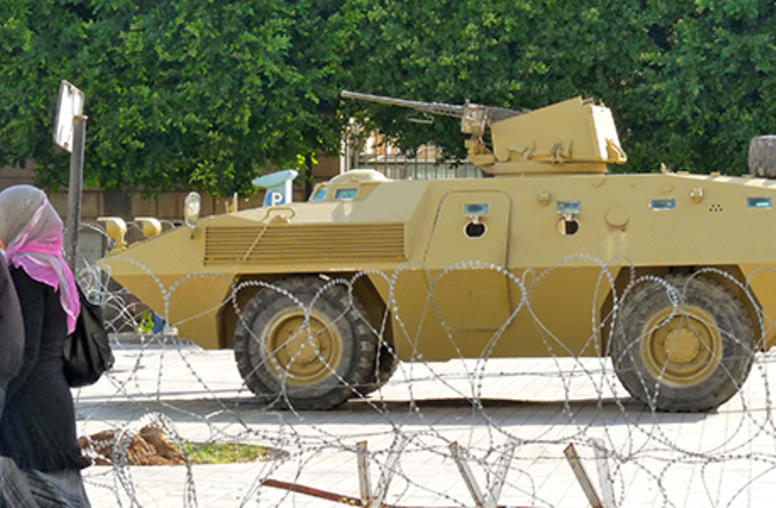
The Jihadi Threat 5: Drivers of Extremism
Jihadism has always been produced by a confluence of factors. Some individuals are motivated to join jihadist movements by ideology, the desire for meaning and belonging, anger at the West, even wanderlust. Other conditions enable jihadism to flourish. They include the volatile mix of shifting demographics, notably a surge of youth, higher literacy, and greater social aspirations intersecting with economic woes, growing unemployment, and deepening political malaise or disillusionment. The mix...

The Jihadi Threat 6: Policy Considerations
The Muslim world is in a deep state of flux. A confluence of trends—ideological, geostrategic, sectarian, demographic, economic, and social—will shape the future of jihadism. In crafting policies to deal with jihadi movements, the United States and its allies face complex challenges. They cannot fight terrorism by simply “fighting” terrorism. Military means can disrupt, but they can’t permanently dismantle or reverse a trend initially spawned by deep political discontent.
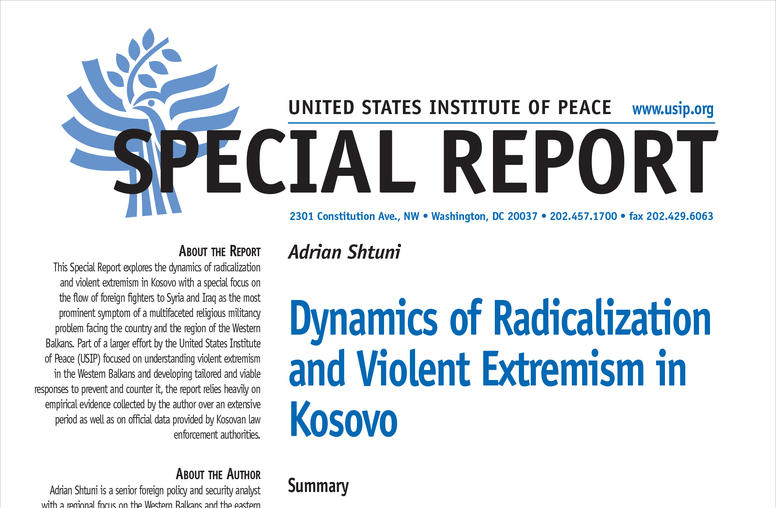
Dynamics of Radicalization and Violent Extremism in Kosovo
Relying in large part on primary empirical evidence, this report explores the dynamics of violent extremism in Kosovo and the disproportionately high number of radicalized fighters from the region in Syria and Iraq. Examining the historic, cultural, geopolitical, and socioeconomic factors behind the phenomenon, it focuses on the flow as a symptom of a larger religious militancy problem within the country and offers recommendations on countering that challenge.

Learning Lessons: Capturing and Institutionalizing Lessons from Complex Stabilization Efforts
To understand how we might better approach lessons learned, SIGAR and the United States Institute of Peace (USIP) co-hosted a workshop titled “How do U.S. Government Agencies Learn from the Past in Complex Stabilization Operations?” on March 23, 2015, at USIP in Washington, DC. Participants from a range of U.S. government agencies, academia, and think tanks, as well as the United Nations and NATO, attended to share their experiences. This report distills the information shared at the workshop...
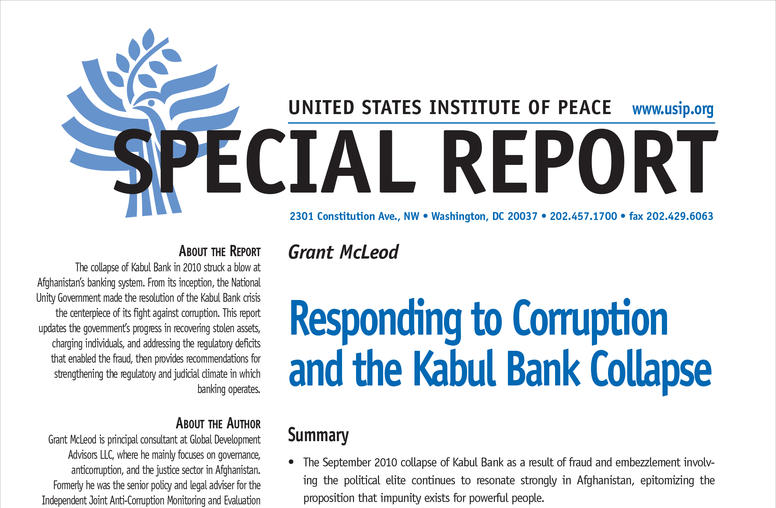
Responding to Corruption and the Kabul Bank Collapse
The 2010 collapse of Kabul Bank, at the time a critically important institution in Afghanistan’s banking system, exposed major regulatory and transaction-related deficits in the system that permitted a large degree of fraud. The involvement of the political elite in the fraud made recovering funds and prosecuting cases extremely difficult. The resolution of the criminal elements and recovery of missing funds have faced the same challenges as before and have fared little better under current p...